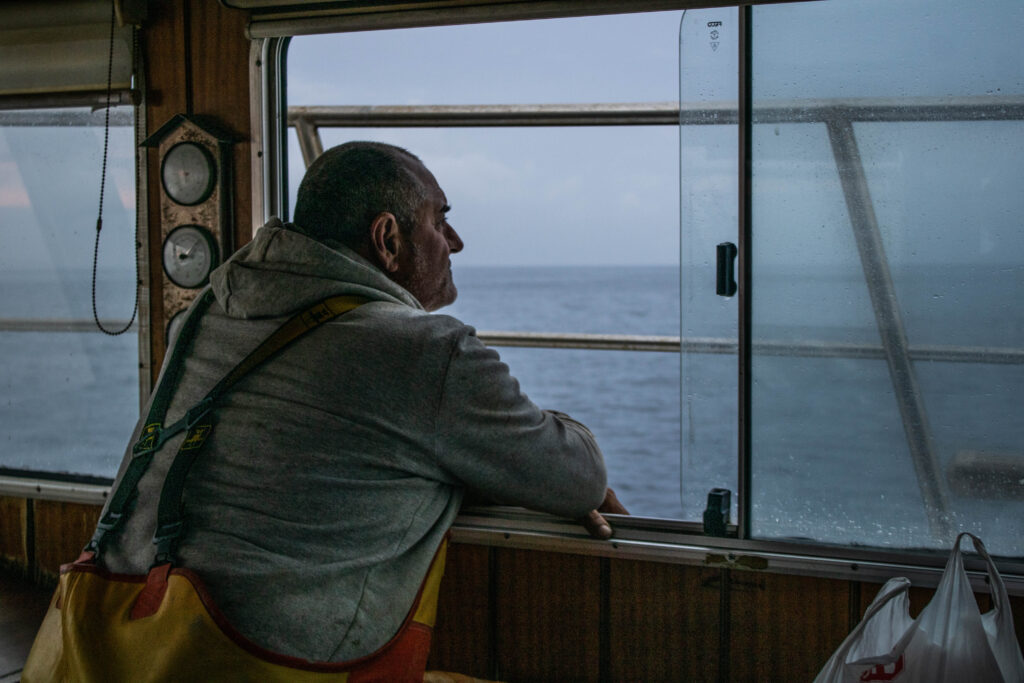For the first time in the history of the competition, the America’s Cup is being held in Barcelona. Since the city of Barcelona was chosen as the host city, less than two years ago, the Port Vell, the city area of the Port of Barcelona, has undergone a remarkable transformation. During this period, the port-city area has received more than 136 million euros of public-private investment, which has been translated into 23 specific projects that have modified the physiognomy of this part of the Port, making it ready for the America’s Cup, but above all providing it with new spaces and services for the enjoyment of people, which will last until the Cup is over.
In fact, most of these actions had already been planned for some time, but the arrival of the competition in the city has brought them forward. ‘The America’s Cup has helped us to accelerate the transformation of the Port in very important areas for the present and for the future, such as the integration of the port into the city’, said Luis Salvadó, President of the Port of Barcelona.
The 23 actions represent the first step in this transformation which the Port Vell must undergo in the coming years, understood as the second great metamorphosis of the area, after that experienced on the occasion of the holding of the Olympic Games in 1992. All of them have been carried out between 2023 and 2024 and some of them stand out, such as the construction of the Rambla de la Nova Bocana, a new promenade area that culminates with the new Mirador building; the transfer of the maritime operations of the Barcelona Nord and Drassanes docks to the Adossat dock; the refurbishment of the historic Portal del Port Vell building; and the refurbishment of the historic Portal del Port Vell building; the refurbishment of the historic Portal de la Pau building and the ‘tinglados’ of the Oriental quay; the remodelling of private leisure areas such as the Maremagnum, which has a new restaurant area; and the Barcelona Swimming Club, which has refurbished and improved its facilities; and the launch of the new nautical bus service, which connects the Rambla with Barceloneta beach.
New Strategic Plan for the Port Vell (2025-2030)
However, this is only the beginning. At the end of last June, the Port of Barcelona presented the new Strategic Plan for the Port Vell (2025-2030), a document which sets out the lines of how the major transformation of the Port’s civic area will continue to materialise over the coming years. Based on its own investment of 250 million euros, the Plan establishes as strategic objectives, among others, to achieve a greater integration of the Port Vell by promoting the maritime character of the territory or to reach more than 10,000 workers (30% dedicated to the nautical sector)
A transformation that does not stop
With the aim of improving the integration of the port into the city and of adding new spaces for the citizens, the Plan guarantees that before 2030 the Old Port will gain 15 hectares, which will be added to the current 70. The expansion of citizen areas will be possible thanks to the transfer of port activity and the opening up of spaces on the quays of Barcelona, Drassanes, Pescadors and Sant Bertran.
Barceloneta and the Port always hand in hand
The hectares to be gained on the Barcelona and Drassanes quays are possible thanks to the redevelopment of these quays, designed to acquire new promenade areas connecting the Rambla and the city centre with the sea. On the Pescadors quay, the new fish market will be opened to the public with the intention not only of gaining leisure spaces, but also of bringing fishing culture closer to the public.
As for the Sant Bertran quay, the sheds will house new spaces for the Blue Tech Port, the Port of Barcelona’s innovation space for companies related to the blue economy. The Strategic Plan includes the firm desire to position the Port Vell internationally as an innovative district and to increase the presence of start-ups, scale-ups and corporates, forcing a minimum of 30% of these to be linked to the maritime logistics-port sector. International recognition in the sector, however, does not only depend on the presence of companies, but also on being a leading centre in training. In order to create a distinctive image and encourage the landing of talent, the university offer, and professional studies linked to the maritime world will be extended to the Barcelona Logistics Institute and the Barcelona Nautical Institute.
A transformation on many levels catalysed by the America’s Cup, but which above all sets a series of objectives over a period of five years to make the Port Vell a local and global benchmark for an open, diversified, innovative and sustainable city port.










